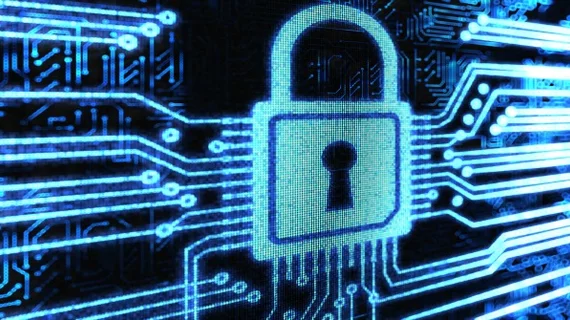Data breaches linked to more fatal MIs
Cardiac care is suffering at hospitals that experience data breaches, PBS reported Oct. 24, with one study finding that heart attack rates soar in the weeks and months after a center’s cybersecurity is compromised.
The study, which spanned hundreds of practices and was published in the October issue of Health Services Research, found that after data breaches, as many as 36 additional deaths per 10,000 MIs occurred each year at hospitals. The number of healthcare entities affected by cyber breaches rose 20% in 2019, according to PBS, exposing the medical records of some 38 million patients.
Reporter Nsikan Akpan nodded to such a scenario in Wyoming, where just last month Campbell County Health reported a breach that affected its flagship hospital and almost 20 other clinics in Gillette. ER patients had to be directed to the next nearest hospital—which was 70 miles away—and labs were shut down, surgeries postponed and new patients turned away. It reportedly took 17 days to restore the health system to its normal order.
The Wyoming breach was attributed to ransomware, which is becoming an increasingly urgent issue in healthcare. But rather than cleaning up hackers’ messes, it’s the process of doubling down on security controls that’s hurting patient care.
“Cybersecurity remediation at hospitals appears to be slowing down doctors, nurses and other health professionals as they offer emergency cardiac care, based on this new study,” Akpan wrote.
Read more from PBS below:

